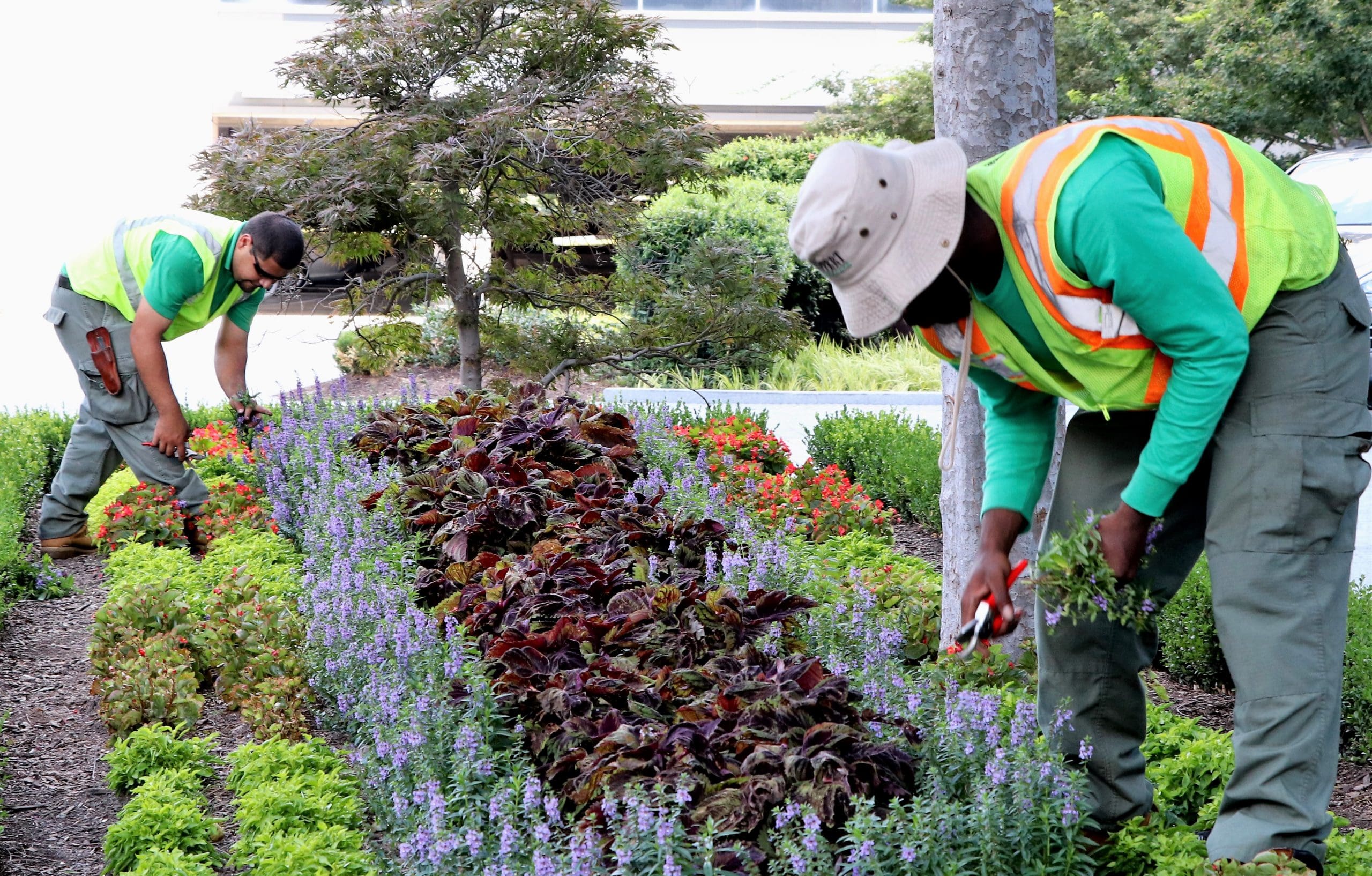
Fred Haskett, Head Harvester with The Harvest Landscape Consulting Group led a webinar on how to train your trainers on April 22. If you missed that webinar, here are the key takeaways he presented.
Haskett says the way to develop a well-trained, safe and effective workforce is to know how to train your trainers.
He says people never actually rise to the occasion but instead default to their highest level of training. Haskett says training is often a frustrating aspect of the business, no matter the size, despite living in an information-rich environment.
“NALP members have tremendous resources right at your fingertips,” Haskett says. “You have programs, books, videos, DVDs, CDs, all kinds of things in the library that can help you.”
However, Haskett says the issue isn’t finding the right content, but the true problem is knowing how to teach the right way. He says trainers need to be familiar with both the teaching process and the learning process in order to truly be effective. Haskett says that teaching is directing the learning process, motivating your teams, reinforcing positive behavior and satisfying the needs of your students. Teaching also creates interest for the participants and drives toward the trainee’s goals.
Meanwhile, learning is the process where a trainee through their own actions changes their behavior.
Training Methods
The first step to effective training is to know how adults learn, as they learn differently than children. According to Haskett, people generally remember 10 percent of what they read, 20 percent of what they hear, 30 percent of what they observe, 50 percent of what they see and hear, 70 percent of what they say and write and 90 percent of what they do.
The five main ways people learn is by doing, thinking, seeing, being told, and being checked and corrected.
Haskett stresses that people learn by performing a job in the same way with the same tools, same equipment, and same conditions. Trainees should be prepared for working in conditions that they will encounter out in the field such as wet situations.
He says some of the training should challenge the trainee to solve real-life problems by thinking and processing them. Trainees should seek the facts needed, discuss with others and arrive at a decision, and then act on that decision.
“If they choose the wrong choice, they’ll learn even better because it rounds out the experience,” he says.
As for learning by seeing, this can be done by looking at pictures or illustrations, viewing videos or real objects. Haskett warns against just playing videos and assuming someone can be trained by it. Even with videos the trainer still needs to participate in the process.
People can learn from being told through written words and spoken words.
When it comes to learning from being checked and corrected, this is effective when mistakes are brought to their attention in a positive manner by an alert and competent trainer.
“I’ve found over the years that adults learn their basic and fundamental skills and tasks best with a specific combination of these processes,” Haskett says.
12 Steps to Success
The process Haskett suggests companies adopt is called “Show, Do, Watch, Coach” which has 12 steps.
Crew leaders are most often given the task of training, and while there’s no question they know how to do the job, it doesn’t necessarily mean they know how to teach how to do that job. With “Show, Do, Watch, Coach” you can not only train your employees better but identify who in your company is a good teacher, and which crew leaders should not be training. Crew leaders who are good trainers are friendly, patient and calm with trainees.
Haskett says the most important thing about this training process is that it must be used consistently and the order it is presented in. Below are the steps.
1. What – explain what it is that you are going to train on.
2. Why – explain why you do the action are going to train them on.
3. Listen – Have the trainee explain what and why you do a specific procedure.
4. Show – demonstrate the specific procedure.
5. Do – have the trainee demonstrate the specific procedure.
6. Watch – observe the trainee demonstrating the specific procedure.
7. Coach – explain what the trainee did right and what needs to be corrected.
8. Show – repeat the demonstration of the procedure and emphasize what the trainee needs to correct.
9. Do – the trainee re-demonstrates the process with the corrections you demonstrated.
10. Watch – observe the trainee re-demonstrating the procedure.
11. Coach – explain to the trainee what did right and what needs to be corrected. Repeat steps 8-11 as necessary.
12. Praise – complement the trainee on his or her successful accomplishment.
Access dozens of archived NALP webinars on key landscape and lawn care topics.

